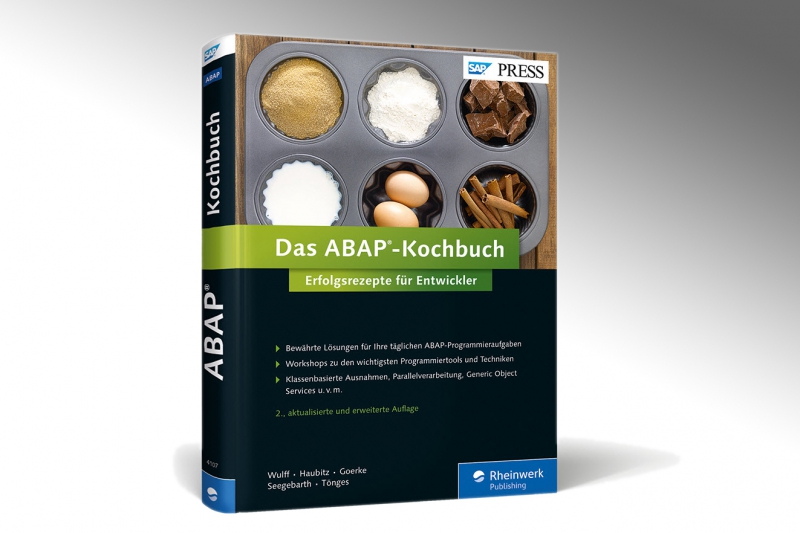New development
SAP is a standard software. It usually makes sense to adapt very complex and customer individual processes through customizing. Often, the standard transactions are so general and extensive that users have trouble obtaining work-related information or ensuring that all input to the SAP transactions is complete, accurate, and consistent.
New developments allow the relevant information to be displayed in a compact and complete manner. The user can easily and correctly enter all necessary data through the process-coordinated and individualized input mask. In addition, checks and additional information can be provided as additional programming in the standard transactions. Thus, the customer-specific new development facilitates the work of the users, despite the ever-growing and more complex data structures of an SAP system and ensures that all data is completely and correctly recorded.
In order to achieve a high-quality result in the new development in a timely manner, our developers are pragmatic and well-founded. There are substantial steps and trade-offs that will be made before and during the development process:
Analyze requirements
The most important thing in a development “on the green field” is the knowledge of the exact requirement: What should the application afford? But also: what should she not be able to do? Therefore, these requirements must be precisely analyzed, specified and recorded. In addition, always make sure to weigh a healthy relationship between the maximum possible and the effort. In principle, everything is feasible. However, not all requirements are always necessary.
Design and plan ahead
As with so many things in software development, good planning is imperative in achieving a good result. Knowledge of the customer’s requirements is just as important as the know-how regarding the individual SAP modules in which the application is to be used. Through our many years of project experience, we know which planning aspects should not be underestimated. Substantially demanding, is the selection of GUI-Controls. Some controls have limitations that make it easy at the beginning of the programming but would make any future extension consuming and difficult. In terms of usability there are controls that are better and which are the worse. Countless of these initially small-scale decisions need to be carefully thought out and aligned with the commonly defined goals and requirements to ensure a high-quality, sustainable new development.
Take a user perspective
Future users are at the heart of development are. In order to work more efficiently, an operation uniqueness is needed. It is therefore all the more important to give the user as much assistance as possible by means of an exact description of the screen elements, the creation of intelligent input fields or solution-indicating error messages. If, for example, an entry is acknowledged with the message “Incorrect entry”, this does not help the user much further. The error message must clearly state what exactly has gone wrong with the input. For example, “The material number must be assigned to the product group 120, 130 or 910.” Anyone who does not consider this in programming has, in our opinion, understood nothing in terms of user-friendliness.
Sustainability through maintainability and accessibility.
It is important to mention that sustainable programming requires two principles:
• The source code must be easy to maintain
• The functions must be well expandable
These two principles ensure the sustainability of a newly developed program that allows it to evolve easily despite the many development cycles that have been completed.
Questions? Wishes? Conditions? We would be pleased to hear from you.


